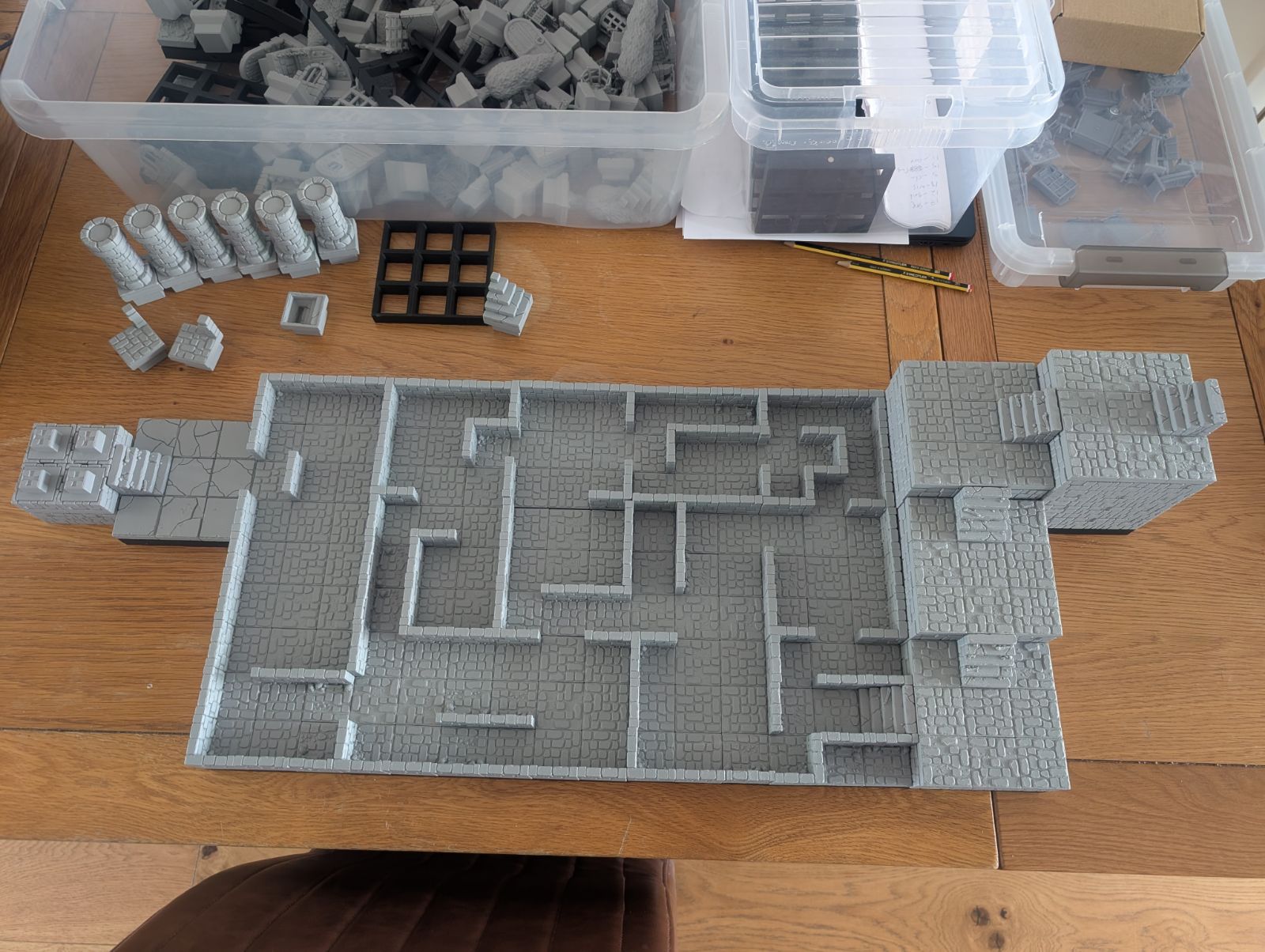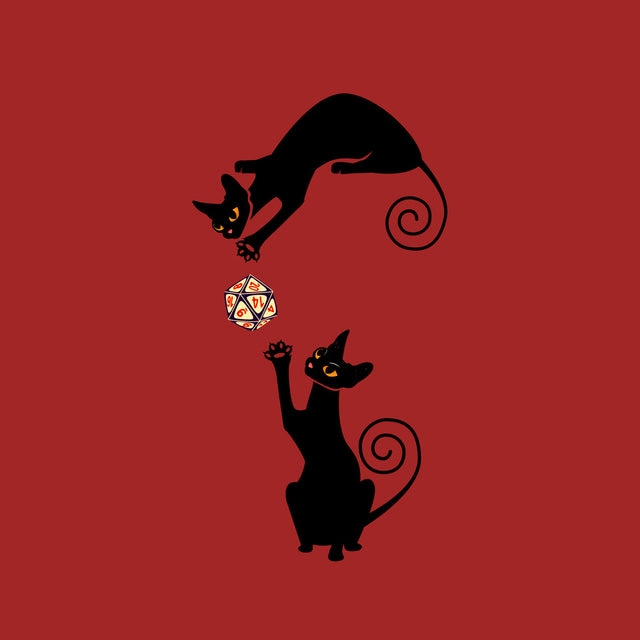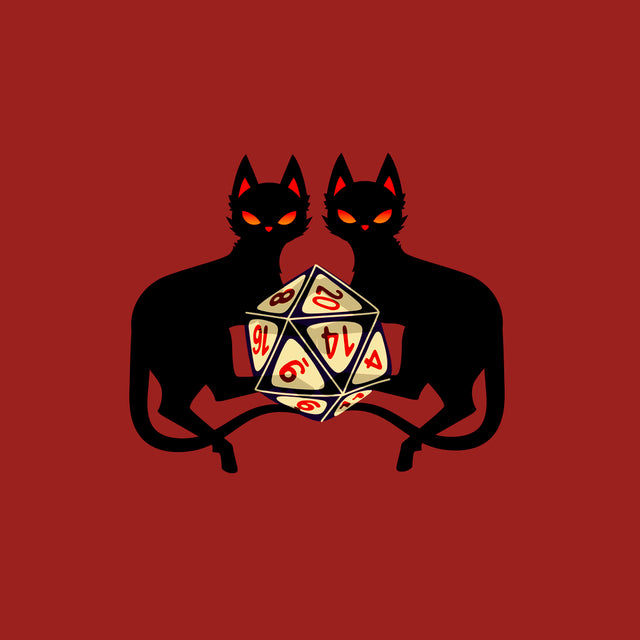Dungeon Blocks - Thoughts on Usage & Lessons Learned

Hello & Welcome!
We've been using different Dungeon Block sets for several sessions now and I wanted to do another post about our experience using them. And this post is intended to supplement my earlier post now after having used them for a while - Dungeon Block Fun.
First of all, yes, I admit, I have not yet posted all of the different block options into the shop. It takes time to clip out all the images from the PDF's and I am thinking if I want to change how I manage the Dungeon Block listings - I've not yet decided.
Be that as it may, I have the now 11 different PDF's that detail all of the blocks available on a Google Drive so if anyone wants to see them, please just message us directly and we'll send you the link.
The link to their MyMiniFactory is here - Dungeon Blocks.
So here are some lessons learned we would like to relay to you based on our experience using them. Spoiler Alert - we have been having loads of fun! :-D
What are the Available Themes?
So, what are the different themes that they have produced that we have available? They have (as of posting this, and we collect the new stuff when they are released):
- Ultimate Dungeon
- Toxic Sewer
- Lost Cave
- Medieval Town
- Parts I and II
-
Haunted Graveyard
- Non-Denominational & Christian Variations
- Ramparts & Ruins
- Egyptian Temple
- Creepy Swamp
- Majestic Highlands
Note - For the sleuths out there, yes, there is an Infinite Spaceship theme, but that doesn't fit with our Fantasy theme in our shop.
The ones highlighted in Red are the ones that we have directly used in our games so far.
The themes are self explanatory for what they can be used for. And yes, we have mixed them up with appropriate blocks and they work well both functionally and thematically.
Why Use Blocks?
I suppose this is the main question - why even bother? Well, Its simple really - because they are fun!
In all seriousness though, it does add that additional dimension (sorry for the pun - couldn't resist!) to the tabletop. It helps provide additional atmosphere / ambiance and it can help better see things like cover. It also helps keep track of status of the environment, like - is that door open or closed.
Why Not Use 2D Maps or Booklets?
Well, sometimes we use 2D Maps. Why? Well, a few reasons.
Sometimes if the encounter is a wide open area, it is more practical to use paper maps, mainly because of sheer surface area to cover. More on this point later.
Other times we use them in combination to overlay the Blocks onto the printed map to add that extra bit of fun on top of the map as we go through the different areas of the map. This is related again to the previous point so again more on that a little later.
So really in summary its nice to use them in combination to really get the best effect for the session at that time.
Oh, and I suppose it needs to be mentioned that there are various platforms to run VTT with really cool effects and animations and all that. Yes, they are cool. We aren't in a position to where we can have a large screen embedded into our table. But I suppose even if we did, I would likely stick with Blocks to be honest.
Why These Blocks and Not Other Modular Systems?
In some ways this is an easy question and in other terms it is a tough question.
There are many other terrain systems out there. And no, I've not tried them all, but I have tried OpenLock and DragonLock. Those systems worked perfectly fine but I found them to be too much of a hassle.
Why? Well, in my opinion, their customisation options which is one of their big benefits was also their downfall. There is nothing wrong with them and in fact they were really quite great. But there were just too many options and it really seemed like they would be better suited if one was building up a very special custom environment. Our use case is more geared to setting up the set piece/s in the Campaign or One Shot for the weekly session.
And another practical point is that after giving it a go initially and having such a good time I thought I would stick with them so that I could build up a nice inventory.
Other practical points include price for me to invest as well as ease of printing.
So I cannot say anything really negative about other systems - it wouldn't be fair of me to do so. And I hope the rest of this post will help justify why these. Of course I do encourage you to explore other systems and of course also let me know if there is something I should explore - happy to do so.
What About Set Terrain Pieces?
I have to admit that I do have this vision of having an entire room with all of the really cool designs of buildings and mountains and ships and etc printed. Two Artists I support (Novaminis and DM Stash) create some really amazing stuff. But, my apprehension about focusing on those is their replay value.
What I mean by that is, yes, a 3 or 4 story super detailed castle or ship would be super cool. But when our playing style is going through the campaigns that we are doing where we constantly need different area setups, they just wouldn't be super practical and cost effective.
Instead, if someone was doing a weekend event set around a mini-campaign for example, and you wanted it to be special / memorable, then yes, get that 4 story wizard tower. Everyone will remember it.
How do I Store / Transport Them?
Easily - just get a box and chuck them in a box. They are quite durable and they can pack away easily and safely or storage or transport. Its that easy, really.
And you can see in the main Post image the extra pieces are in the plastic container and they make great storage containers.
In terms of weight, I would say that we have enough grids to make a 6x6 grid and enough blocks of all the sets to fill easily an 8x8 or a 9x9 (or even bigger - we've not fully tried it - yet!) and the weight of it all is about 5kg (not scientifically measured - but reasonably estimate).
So they pack away and you can have quite a lot of blocks and they are not too heavy.
And this is also why I print them in FDM. If they were Resin printed, they would be a lot more expensive and a lot heavier.
How is the Quality if they are FDM Printed?
Right so let's tackle this topic then. FDM tech is lot better now than it has been lately. And the model designs are well done to have the detail show up.
So I would say, yes, the Quality is perfectly fine. Plus, the terrain is supposed to add to the ambience, not detract the players from their Characters and Enemies. :-)
But see here some close up photos of a few of the more detailed blocks printed.








How about Painting Them?
Just quickly on this topic - yep - they paint up well. We've not done so (yet?) but FDM is as easy to paint as Resin. Just use your regular primer and same paints to add that extra pizzazz to your terrain!
How do They Work?
As explained in the other posts, the modular system is simple: layout the grids and put the blocks in the grids. Voila!
With their recent new Majestic Highlands set, there now are two styles of Grids.
The original Grids are standalone 3x3 squares where each block neatly slips into one of the 9 slots.
The new grids have an optional grid insert which allows use of the 1x1 blocks (with the insert put in) or their new larger 9x9 blocks with the insert removed. And these new blocks have slots to connect the grids together so they don't move (see more on this later). With them interlocking they would stay put and stay together better.
Then you can put the different Blocks in to build your desired terrain.
And if you want to build height into your design there are what they call Level Grids which you add on top of Blocks to add another layer. There are 1x1 Key blocks which have a notch to hold the Level Grids in place on top of the lower Level Grid so they all stay put vertically.
But their page has some nice animations of how they work. You can see their more detailed post here - Dungeon Blocks & How They Work.
To be honest, I don't bother with the Grid Borders. With how much we move and shift the Grids and Blocks around, we don't really need them.
Here you can see the two grid options:


How is the Scale?
They advertise the Blocks as 35mm, so typical sized bases fit nicely and the height is about right for minis.
Each 1x1 Block represents 5ft of game space, so a 3x3 Grid represents 15 square feet of game space.
This means that a 6x6 grid (which is 18x18 blocks) represents 90x90 feet of game space.
Anything Not Good About Them?
Nothing is perfect and it wouldn't be fair of me if I didn't discuss any challenges that we had with them.
We started with the original Grids (not the interlocking ones) and we found that sometimes (especially when things get super exciting around the table!) that the grids can slip a bit (like if someone knocks the table or something). Its not really a hassle as they can slide back together easily. And this can be mitigated with a different table surface for example. And in our case Adam built a frame to house them in (and this also helps with pre building a large env the night before and move it around the house).
We noticed that if you do create a 1x1 corridor that the space available to put a mini is less than 32mm so it doesn't quite fit (25mm does no problem). But this is a minor inconvenience.
Relating to corridors, if you have a tunnel or something then you still need to use a 3x3 grid even if you will only use 1x3 or 2x3 of space. Its not a huge deal to be honest, but sometimes there is "dead space" within the grids depending on the layout.
Sometimes if players are moving through the larger area fast and you don't have enough space to physically represent the entire map at once then you need to do some rearranging but this can be a good time for everyone to have a quick break (yes, there is never a break for the DM! :-D ).
And to be honest, that is about it. They've really been quite good!
How Much Space do I Need?
Well, how much space do you have? :-)
A 6x6 Grid layout (90 square feet of game space) takes up 630 square mm of physical space on your Games Table.
So this is the main question to answer. How much space do you have available for playable area? And remember, we have to account for: players sitting at the table, their dice, dice trays, player character sheets, reference books or tablets or phones, snacks, drinks, etc - not to mention all the bits the DM needs behind the Screen! - there is a lot on the Table actually!
So you just need to measure of how playable area you would have available and then that is what you can target. I suppose you could have extra grids if you wanted to have some of them pre-made to swap them out faster as the players move through the area.
There are Lots of Designs in Each Theme, so What Should I Get?
Yes, this is the main lesson to learn. It is an obvious one in turns out, but this is what play testing helps prove.
First determine how much playable area (maybe with a little extra) you need and that will determine how many Grids you need. We can help you determine that based on your dimensions so please get in touch.
And decide if you want the original Grids or the newer interlocking Grids.
Basically, invest in the Basic elements. And by Basic elements, I mean:
- Floors
- Walls
- Corners
- Doors
- Stairs
- Level Grids (and a few Keys)
- If you will have different levels in your playable area
These are the Blocks you will use most often.
Then look at the PDF's to see if you want any truly special blocks like:
- Trees
- Fountains
- Windows
- Specific Styles of Walls
- Like a Prison or Cage for example
- Etc
Likely you will only need a small handful of these to add specific things into your area.
Why not all of the special blocks?
Well, its not because they are not good - they are. But instead, what we found in our playing is that its better to have separate Terrain / Scatter pieces. Things like tables and chairs and alters and tombstones - etc. Its more versatile to have those separate scatter bits so you can move them around at will and actually have them be utilised by the players - have a player flip over a bed to provide cover or have a Poltergeist hurl a table at a player - its fun stuff and more interactive / dynamic. And we just so happen to have a lot of Scatter elements in the shop, so check them out - Scatter Bits.
Sure, you can get special table and bed Blocks, but these would be a minimum I think.
And then you have your set.
As mentioned earlier, you can mix and match as the Themes go together really well. A Dungeon can be unfinished as it moves into Caverns leading to the Underdark or there may be some Catacombs near a Swamp. And Grass and Water / Ice blocks can be used anywhere as well.
So How Versatile are They?
Building on the last point in the previous section, this is their main benefit. They are super versatile.
I've posted lots of images in the earlier posts and in the two campaign playthrough journals (give them a read please if you have not done so already - we really enjoy writing them! ToD & RotF) where you can see what we have done but here are some more images of recent creations:











As you can see, this is the beauty of these Blocks - the options are really endless.
And this is the fun really. Adam is the main map maker / builder and he has fun designing and setting them up and it is that fun of it. So if you are into building or designing, then this is right up your street!
And this is why we really enjoy using them. One week to the next we can use them to build new environments and layouts and bring that extra something to the tabletop.
So I would say that it is a bit if an investment to get a large 6x6 play area (36 grids and 324 blocks for a single layer area without level grids) but it really does give virtually endless replay value and therefore excellent return on investment. And if you want another theme, you don't need more Grids - just get the Basic blocks of the other set or whatever and mix and match - you may not need to get that much of another set if you think you can mix and match them together.
How Long Will it Take to Fulfil the Order?
Most Resin prints I complete in about a week (although I give myself 1-3 weeks just in case).
For these Blocks, I would say its best to think 2-4 weeks, but it will depend on the size. If demand for them picks up, then I can invest in another BambuLabs printer and speed up production.
Conclusion
So that is our long lessons learned and we think these Blocks are great.
We really are enjoying using them and they are very hassle free, easy to pack away, look great on the Tabletop, and have endless replay value for not a very significant investment.
So definitely get in touch to either ask questions or dive deeper or ask about designs or to get the link to the PDF's to check out all the designs or to place a custom order (while I still somehow sort out the listings eventually!).
And we hope you enjoy using them as much as we do!
Thanks for reading!
Happy continued painting and gaming!
-Pete & Adam (and of course Mitz & Simz)




Leave a comment
All comments are moderated before being published.